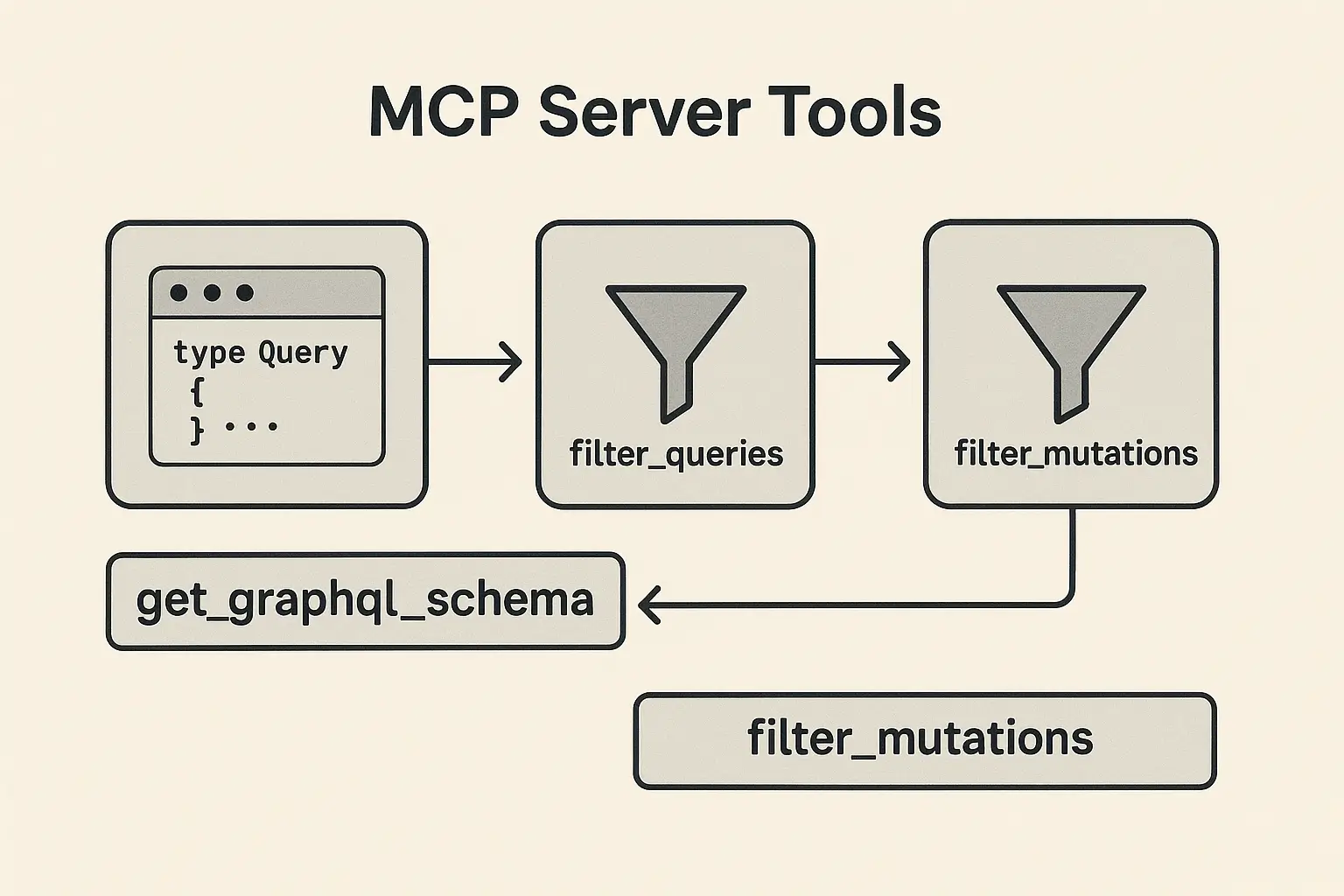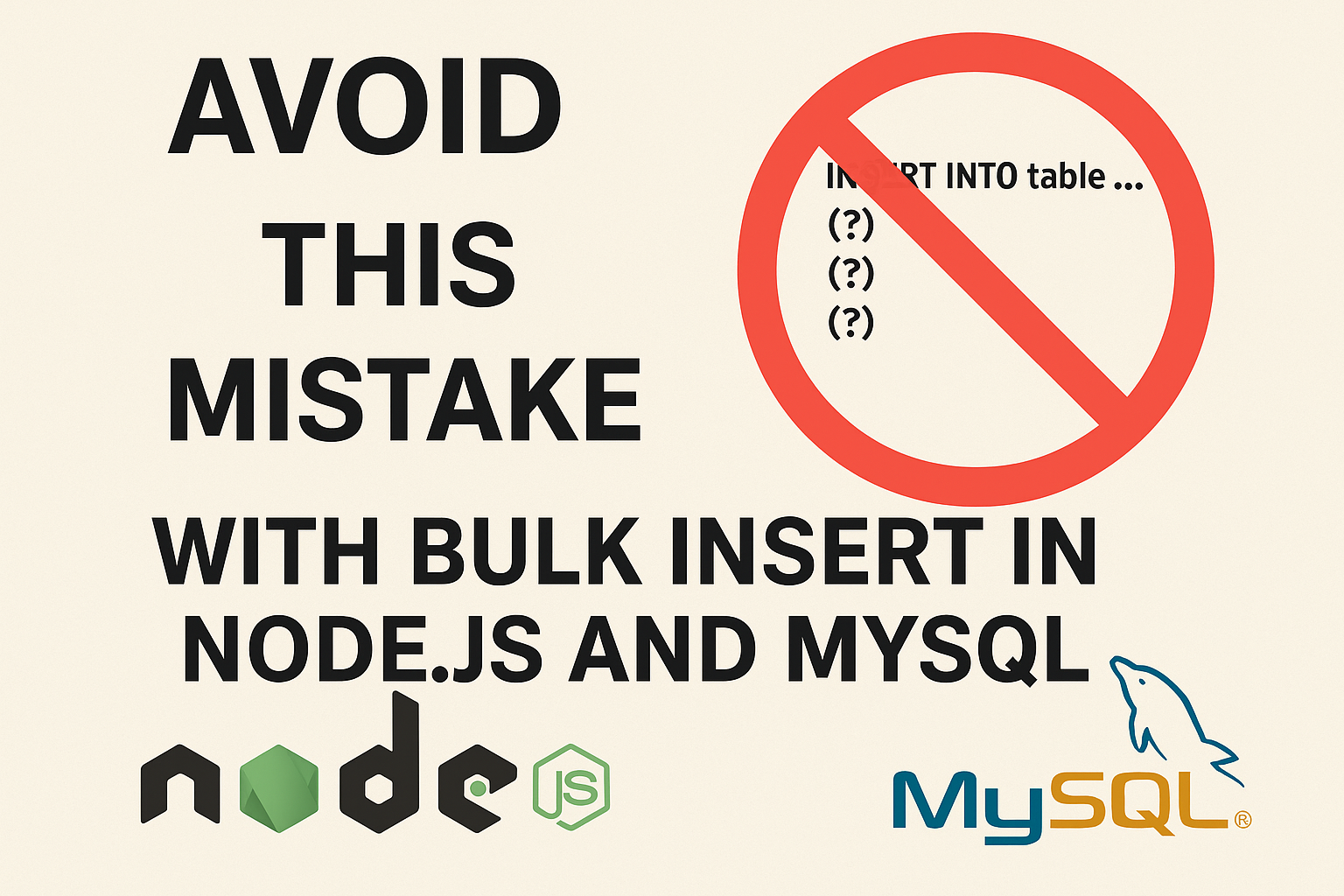System Design: Top 10 Best Practices for Senior Engineers
- Position: Senior Software Engineer
- Interview Time: 2024
- Company Type: Finance
- Company Name: Private
1. Object-Oriented Programming (OOP) Principles
Question: What are the four basic principles of Object-Oriented Programming?
Answer:
The four core principles of OOP are:
- Encapsulation: Bundling data and methods that operate on the data within a single unit (class).
- Abstraction: Hiding the implementation details and exposing only the essential features of an object.
- Inheritance: A mechanism where one class can inherit properties and methods from another.
- Polymorphism: Allowing objects to be treated as instances of their parent class, enabling method overriding and dynamic method dispatch.
Question: Why is inheritance important in OOP?
Answer:
Inheritance allows code reuse, making the design more modular and maintainable. It also promotes the concept of hierarchical relationships between classes, enhancing code clarity and reducing redundancy.
2. Functional Programming (FP) vs OOP
Question: What is the difference between Functional Programming and OOP?
Answer:
- OOP focuses on objects and their interactions. It emphasizes mutability, state, and behavior.
- Functional Programming (FP) focuses on functions, immutability, and avoids changing state. It encourages pure functions and higher-order functions to reduce side effects.
Question: When should you prefer FP over OOP?
Answer:
Choose FP when:
- You need stateless functions with predictable behavior.
- You are working with concurrency and parallelism, as FP’s immutability model simplifies these scenarios.
3. System Design: Scalability and Reliability
Question: What is scalability, and how do you ensure your system scales effectively?
Answer:
Scalability refers to a system’s ability to handle growth in traffic or data efficiently. To ensure scalability:
- Use load balancing to distribute traffic evenly.
- Implement horizontal scaling (adding more machines) or vertical scaling (upgrading existing machines).
- Use caching to reduce database load and enhance response times.
Question: How do you design a system that is both scalable and reliable?
Answer:
- Decouple components into microservices to isolate failures and scale parts of the system independently.
- Ensure redundancy by having backup systems, data replication, and failover mechanisms.
- Use statelessness to ensure that any instance can handle a request, improving reliability and scalability.
4. Distributed Systems Design
Question: What are the key challenges in designing a distributed system?
Answer:
The main challenges include:
- Network latency and failures.
- Data consistency (eventual consistency vs. strong consistency).
- Partition tolerance (CAP theorem).
- Load balancing and resource allocation.
Question: How do you ensure consistency in a distributed system?
Answer:
You can ensure consistency using protocols like Two-Phase Commit (2PC), Paxos, or Raft. These protocols ensure that a system reaches a consensus on state changes across distributed nodes.
5. RESTful API Design
Question: What are the key principles of RESTful API design?
Answer:
- Statelessness: Each request must contain all the information necessary to process it.
- Client-Server Architecture: The client and server operate independently.
- Cacheability: Responses should be explicitly marked as cacheable or non-cacheable to improve performance.
- Uniform Interface: A consistent and predictable way to interact with resources.
Question: How do you design a RESTful API that is both efficient and secure?
Answer:
- Use HTTP methods correctly (
GET,POST,PUT,DELETE). - Implement pagination and rate limiting to prevent overload.
- Ensure authentication and authorization via OAuth or JWT.
- Use HTTPS to secure data in transit.
6. Load Balancing Techniques
Question: What is load balancing, and why is it important?
Answer:
Load balancing distributes incoming network traffic across multiple servers, ensuring no single server is overwhelmed. This improves availability, fault tolerance, and scalability.
Question: What are the common load balancing algorithms?
Answer:
- Round Robin: Distributes traffic evenly across servers.
- Least Connections: Sends traffic to the server with the least active connections.
- IP Hash: Directs traffic based on the client’s IP address to ensure session persistence.
7. Event-Driven Architecture
Question: What is event-driven architecture?
Answer:
Event-driven architecture is a design pattern where components of a system communicate through events (messages), allowing for asynchronous processing. This architecture enhances system responsiveness and scalability.
Question: How do you implement an event-driven system?
Answer:
- Use message brokers like Kafka, RabbitMQ, or AWS SNS/SQS to handle event communication.
- Design event consumers to process and respond to events in real time.
- Ensure proper event versioning to handle future changes in the system.
8. Microservices vs Monolithic Architecture
Question: What are the benefits of microservices over monolithic architecture?
Answer:
- Scalability: Microservices allow for scaling specific parts of the application independently.
- Resilience: Failure in one microservice doesn’t affect others.
- Flexibility: Each microservice can use different technologies suited for specific tasks.
Question: What are the challenges of using microservices?
Answer:
- Complexity: More components to manage and maintain.
- Inter-service communication: Requires careful design of APIs and service discovery.
- Data consistency: Ensuring consistency across distributed services can be tricky.
9. Designing for High Availability
Question: How do you design a highly available system?
Answer:
To design for high availability:
- Replicate data across multiple servers or regions.
- Implement failover strategies to switch to backup systems if the primary fails.
- Use load balancing to distribute traffic and avoid single points of failure.
Question: What is a disaster recovery plan?
Answer:
A disaster recovery plan outlines steps to recover systems and data after a catastrophic failure. It includes having backup systems, off-site backups, and predefined procedures for restoring service.
10. Cloud-Native Architecture
Question: What is cloud-native architecture, and why is it popular?
Answer:
Cloud-native architecture involves designing applications to run efficiently on cloud platforms, leveraging scalability, flexibility, and high availability. It is popular because it reduces infrastructure management overhead and enhances agility.
Question: How do you design cloud-native applications?
Answer:
- Use containerization (e.g., Docker) to package applications.
- Employ orchestration tools like Kubernetes for managing containers.
- Leverage cloud services like storage, databases, and compute to reduce the need for managing infrastructure.
For more insights on programming and system design, visit my blog.





